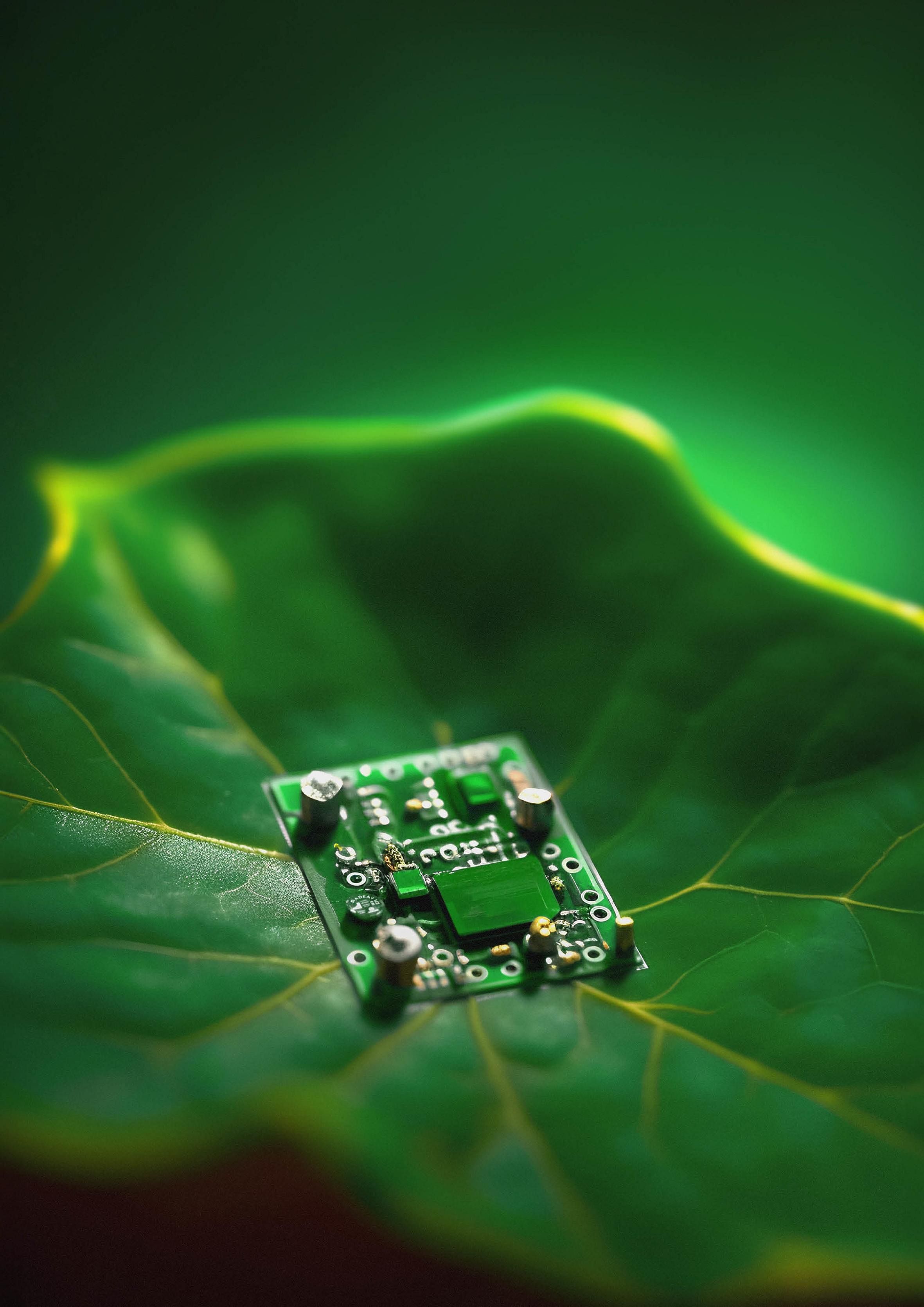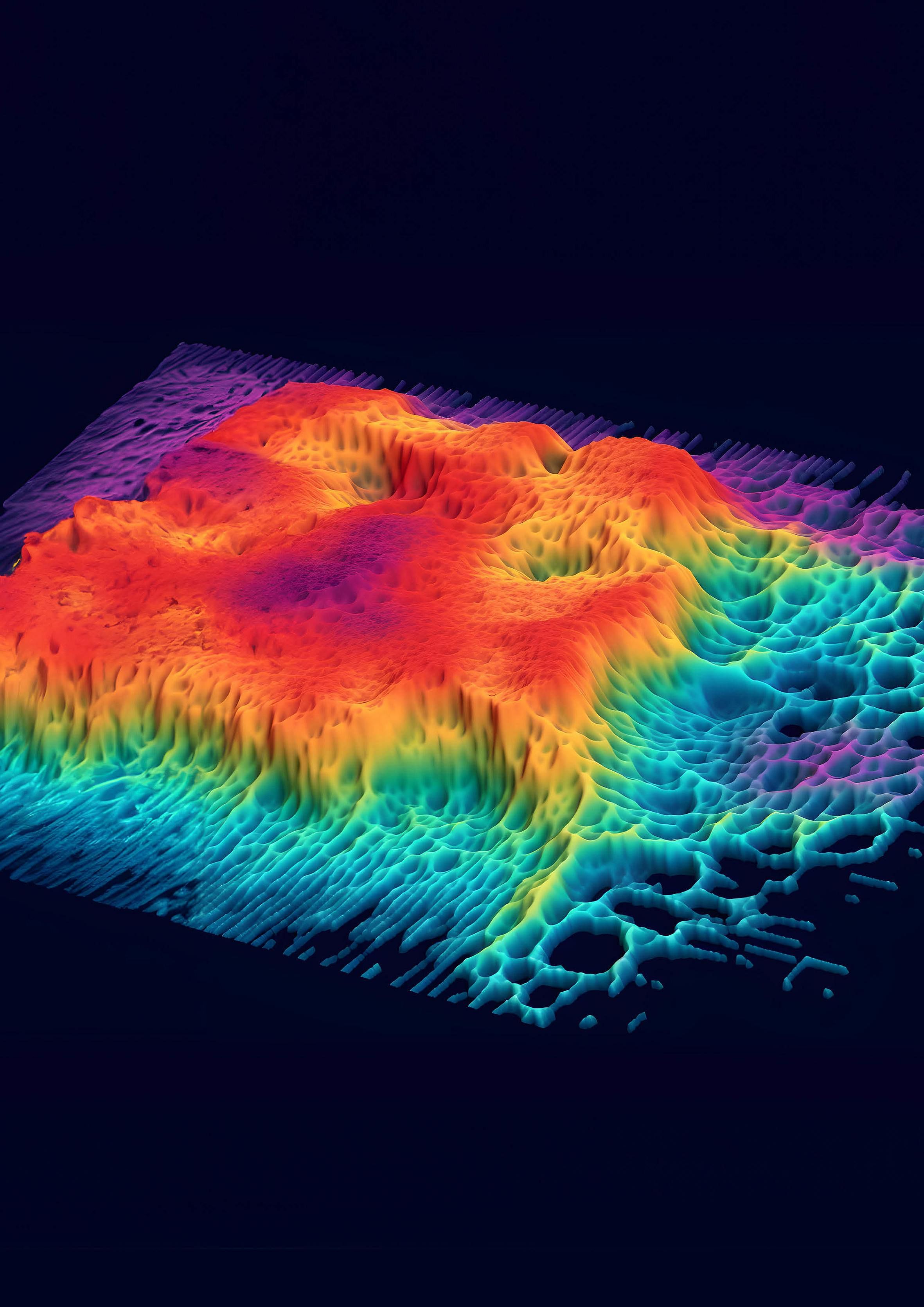TIANJIN – The World Economic Forum (WEF) has listed a range of emerging technologies being developed in 2023 – based on surveys of academics, industry leaders and futurists – that will benefit society in three to five years.
The views of more than 90 experts from 20 countries were sought for this year’s Top 10 Emerging Technologies report, which was released on Monday and is in its 11th edition.
This year, the scope has been broadened to include an assessment of the technologies’ likely impact on people, the planet, prosperity, industry and equity.
In a note posted online, Ms Greta Keenan, WEF’s lead for strategic impact and communications, said that experts behind previous reports had been “spot on” with some technologies that went on to revolutionise education, agriculture and medicine.
But, in other cases, “technologies heralded as the next big thing failed to live up to their full potential – perhaps due to ungrounded hype or financial or regulatory barriers to scaling”, she said.
Here is this year’s shortlist:
1. Flexible batteries
Made of lightweight materials that can be easily twisted, bent or stretched, these batteries are powering dreams of rollable computer screens and “smart” clothing.
Applications can range from wearable medical devices and biomedical sensors to smartwatches. These devices may well enable data to be transmitted wirelessly to healthcare providers, facilitating remote patient monitoring.
A study estimates that the global flexible battery market will grow by US$240.47 million (S$325 million) from 2022 to 2027, accelerating at a compound annual rate of 22.79 per cent, while the challenge will be its safe disposal and recycling.
2. Generative artificial intelligence (AI)
Generative AI continues to expand the boundaries of human endeavour.
While generative AI is still focused on producing text, computer programming, image and sound, this technology could be applied to drug design, architecture and engineering.
In scientific research, this technology is helping to improve experimental design and create new theories.
For example, recently developed AI algorithms allow for a translation of mathematical formulas into plain English and help analyse brain activity data to generate drawings of objects human participants think of.
Generative AI-led productivity gains, however, raise concerns about job displacement.
3. Sustainable aviation fuel

Sustainable aviation fuel (SAF), produced from biological and non-biological resources, holds the key to help the aviation industry move towards net-zero carbon emissions in the coming decades.
Aviation now accounts for 2 to 3 per cent of global CO2 emissions annually, and less than 1 per cent of global jet fuel demand is being met by sustainable aviation fuels currently. Nearly 300 to 400 SAF plants have to be built to meet the need.
Nine types of SAFs have been approved, including those made from biomass or wastes, plant oil and animal and engineered bacteria.
4. Designer phages
Designer phages – viruses that selectively infect specific types of bacteria – are showing potential for treating microbiome-associated diseases and revolutionising the engineering of microbiomes for human, animal and plant health.
A community of microbes harboured by an organism is referred to as the microbiome.
It has been estimated that the number of microbes living on and within the human body matches, and may even exceed, the number of human cells.
One condition where the use of designer phages to treat microbiome-related diseases is being considered is haemolytic uraemic syndrome – a rare but serious condition that affects the kidneys and blood-clotting functions.
5. Metaverse for mental health
Virtual shared spaces – digital environments where people can interact professionally and socially – are being explored to treat mental health.
Gaming platforms are also being leveraged for treatment. For example, DeepWell Therapeutics has created video games to treat depression and anxiety, while Britain-based Xbox studio Ninja Theory has included mental health awareness in its mass-market games.
Maturing interface technologies may further augment social and emotional connections between distant participants.
6. Wearable plant sensors

Excitement has been building up over wearable plant sensors and their potential to address one of the major risks of our time – food security.
The United Nations Food and Agricultural Organisation estimates that world food production must rise by 70 per cent to feed the world’s population in 2050.
Wearable plant sensors will enable the monitoring of individual plants. These sensors can be attached to plants to check temperature, humidity, moisture and nutrient levels. This could help optimise yields, reduce water needs and fertiliser and pesticide use, as well as detect early signs of disease.
But much work remains because wearable sensors are expensive to install and maintain, and interpretation of data needs specialised expertise.
7. Spatial omics

Spatial omics combines advanced imaging techniques with DNA sequencing to map biological processes at the molecular level and perhaps help unlock life’s mysteries. The human body alone is made of nearly 37.2 trillion cells.
With spatial omics, a new generation of “cell atlases”, or cell maps under development could have several medical uses.
With a market value of US$232.6 million in 2021, this sector is expected to generate US$587.2 million in revenue by 2030. But challenges around data acquisition, processing, storage and standardised reporting remain.
8. Flexible neural electronics
Brain-machine interfaces (BMIs) are already being used to treat patients with epilepsy and in neuroprosthetics – where prosthetic limbs use electrodes to interface with the nervous system. But these have limitations because of the nature of hard materials used.
Now researchers have developed BMIs that are soft and flexible and can confirm to the brain, reducing scarring and sensor drift. But going forward, public acceptance and trust will have to be built.
9. Sustainable computing
Tech data centres – which enable Google searches, e-mail and others – consume about 1 per cent of the electricity produced globally. And this will increase as the need for data and data services goes up.
Now, efforts are under way to turn them into net-zero energy data centres.
One of them is the development of liquid cooling systems to manage heat so that excess heat can be repurposed for other applications such as heating water.
10. AI-facilitated healthcare
AI-facilitated technologies hold the potential to dramatically improve national and global healthcare systems. It could also help tackle the challenge of long delays that patients experience – often due to uneven access and underutilisation of existing facilities.


